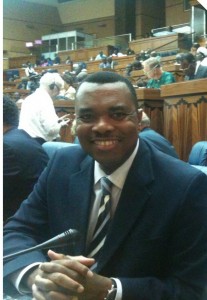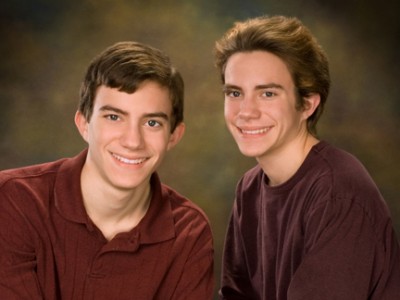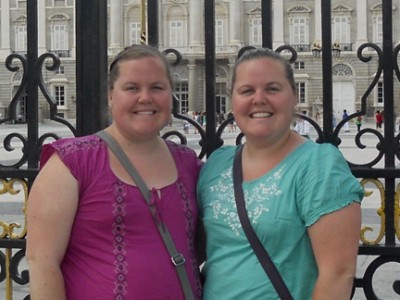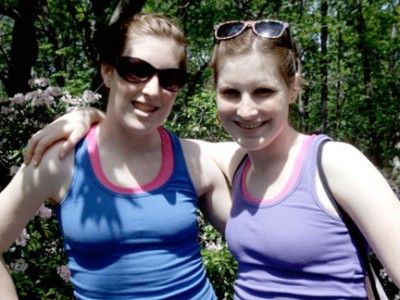 Come hear a lecture by UConn alumnus and award-winning multimedia journalist, John Yearwood entitled, “Dispatches From a World in Need of Healing,” on Friday, October 12, at 3:00 p.m. in Konover Auditorium. Mr. Yearwood will discuss his personal journey through some of the past and present major conflicts that have occurred around the world, and his meetings with leaders who offer insight into their behavior, such as President Assad of Syria. He will also discuss other people with whom he’s met—Nelson Mandela in South Africa and Haitian dancer Jeanguy Saintus—who, in their own way, are working to heal the world.
Come hear a lecture by UConn alumnus and award-winning multimedia journalist, John Yearwood entitled, “Dispatches From a World in Need of Healing,” on Friday, October 12, at 3:00 p.m. in Konover Auditorium. Mr. Yearwood will discuss his personal journey through some of the past and present major conflicts that have occurred around the world, and his meetings with leaders who offer insight into their behavior, such as President Assad of Syria. He will also discuss other people with whom he’s met—Nelson Mandela in South Africa and Haitian dancer Jeanguy Saintus—who, in their own way, are working to heal the world.
Mr. Yearwood is World Editor of The Miami Herald and host of World Desk with John Yearwood, which focuses on global issues and newsmakers. His department has won numerous awards under his leadership, including two McClatchy Company President’s Awards, an Arthur Ross Award, and recognition as Pulitzer Prize finalist. Yearwood has served on the executive boards of Unity Journalists and the National Association of Black Journalists. He also was named one of the 40 most influential African-Americans under 40 in South Florida and one of the 100 most accomplished Caribbean Americans in South Florida.













